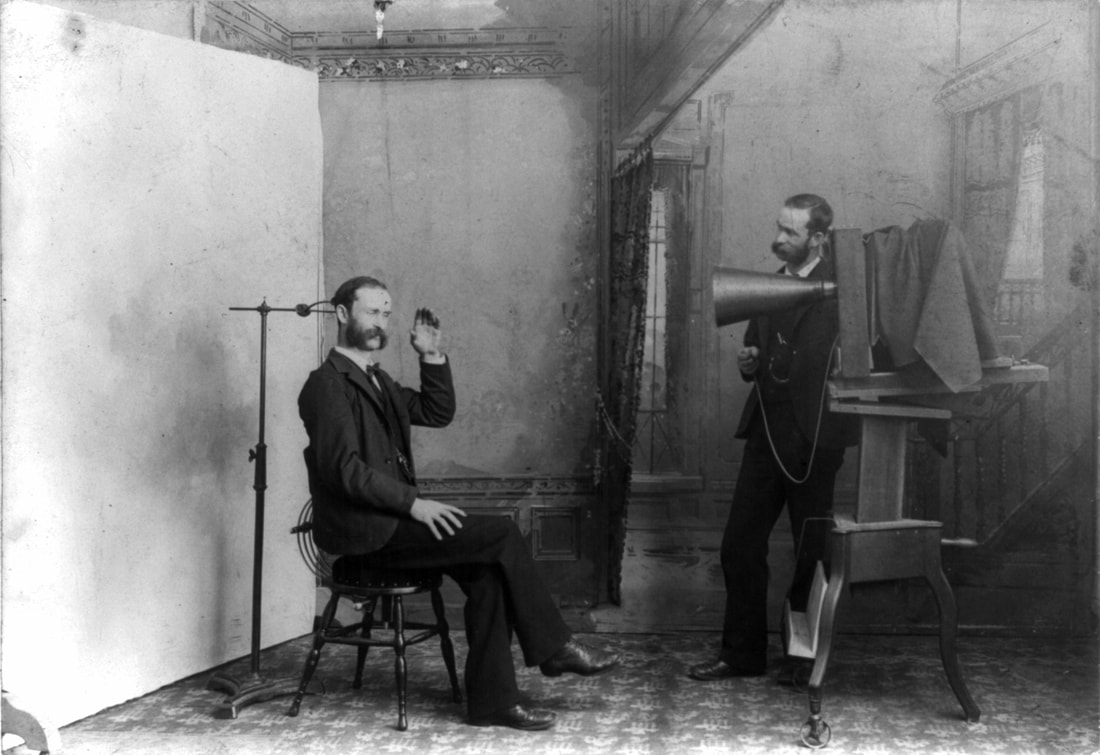|
Was the rise of the United States built on Enlightenment ideals or slavery? I welcome the current spate of interest in books, lectures, and classes about race-based slavery and its consequences. When friends say they’ve finally learned America’s true story, though, I’m skeptical.
To understand why, imagine you’re an experienced photographer hoping to write a history about a topic of your choice. You know many accurate ways to photograph a single subject. The same holds for recounting the past. Some photos or narratives, of course, are false. Remember when the University of Wisconsin’s admissions office inserted a Black student’s head into the image of an all-white crowd to indicate diversity? In a story contrived to mislead, we call it lying. If you doctor your story for entertainment or artistic expression, it’s called historical fiction. Honest nonfiction is far from mechanical. Applying your photographic experience to writing a true history leaves you plenty of scope for creative choices. I’ll write about a few of those choices in the next couple of weeks. First of a three-part series. Next week: Angle, Lens, and Focus. Image: A.H. Wheeler, photographer, Berlin, Wisconsin, 1893.
1 Comment
I wanted to express my gratitude for your insightful and engaging article. Your writing is clear and easy to follow, and I appreciated the way you presented your ideas in a thoughtful and organized manner. Your analysis was both thought-provoking and well-researched, and I enjoyed the real-life examples you used to illustrate your points. Your article has provided me with a fresh perspective on the subject matter and has inspired me to think more deeply about this topic.
Reply
Leave a Reply. |
AuthorI'm a historian who writes novels and literary nonfiction. My home base is Madison, Wisconsin. Archives
July 2024
|

 RSS Feed
RSS Feed